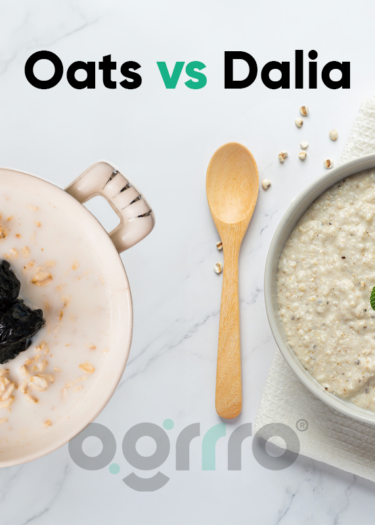When we hear the word Ghee, we think of purity at its best. Ghee is the purest form of milk that comes with various health benefits and enhances food flavor.
Most people are under the impression that ghee comes with lots of bad fat and skin problems. If they include ghee in their meals, they will get fat, or their cholesterol level will be affected.
If you are one of them, then you need to understand that several myths are going around about ghee being unhealthy for you. However, this is not the case.
Ghee, in fact, is highly beneficial whether you want to lose or gain weight. It has various health benefits, from boosting your immune system to nourishing your skin, hair, and overall body health. It is golden in color and is used as a main ingredient in the majority of Indian households. It has been used in Ayurvedic traditions for centuries.
Now, the main question that arises is, how is ghee different from butter? And why is it valued more in both culinary and wellness contexts?
Let’s dive more into this and understand what ghee is, how it is different from butter, and what its benefits and uses are.
What is ghee?
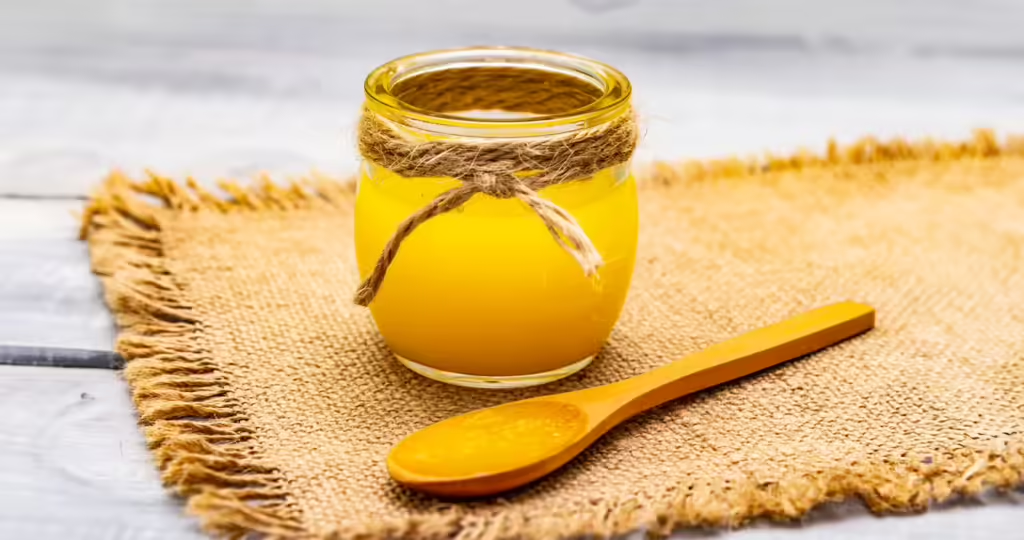
Ghee is a type of clarified butter. In simple words, ghee is butter that has been simmered and strained to remove any kind of impurities, such as milk solids and water; only the pure butterfat is left. With this process, ghee reaches its rich, nutty flavor and higher smoke point in comparison to regular butter, making it perfect for cooking at high temperatures.
Ghee is considered a healing fat in Ayurvedic practices as it has a great potential to nourish the body internally and externally. The best thing about ghee is that it has a high shelf life and diverse health benefits.
How is ghee different from butter?
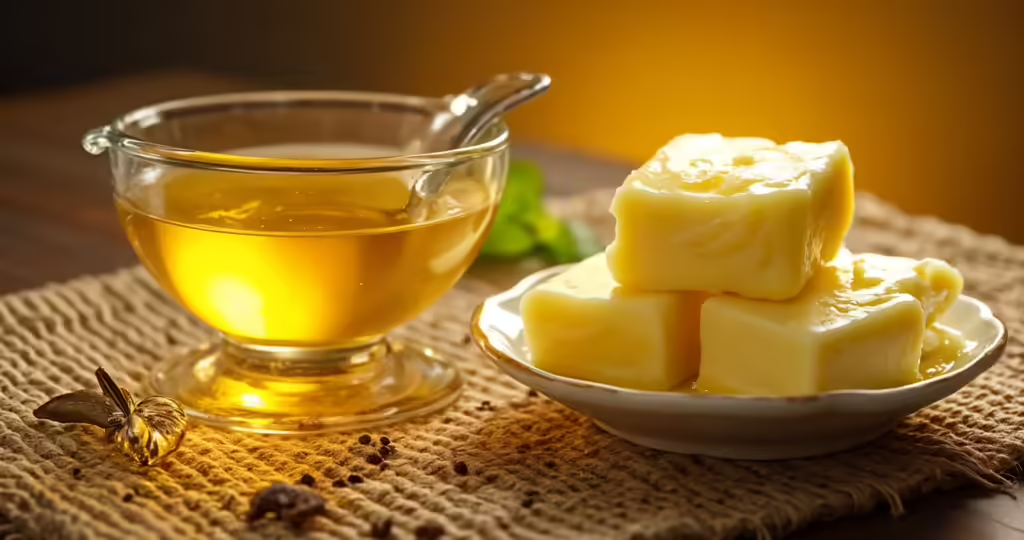
Regular butter contains water, fats, and milk solids. On the other hand, ghee is purely fat. The water gets evaporated, and milk solids get separated during the clarification process of ghee. This process leaves the ghee lactose-free and suitable for those with lactose intolerance.
The key differences between ghee and butter are:
- Composition: on the basis of composition, ghee is almost completely fat, whereas butter includes around 16-17% water and milk proteins.
- Flavor: When it comes to flavor, ghee has a rich, nutty flavor from the caramelization of milk particles during the heating process, whereas butter has a creamier, gentler flavor.
- Smoke Point: Ghee has a higher smoke point (485°F/252°C) than butter (350°F/177°C), making it more suited for high-heat cooking methods such as frying or roasting.
How to make ghee at home
You can easily make ghee at home without putting too much effort. Here are some of the common methods to make ghee from everyday kitchen ingredients:
How to make ghee from malai
Malai, also known as the thick layer of cream that forms on top of boiled milk, is the main source of homemade ghee. Here is the process to make ghee from malai:
- Collect malai off the top of boiling milk and keep it in a jar for a few days.
- Once you’ve gathered enough, churn the malai into butter by adding water and beating until the butter separates from the buttermilk.
- Heat the butter in a skillet until the water evaporates and the milk solids separate.
- Strain the clear golden liquid (ghee) and save it in a jar.
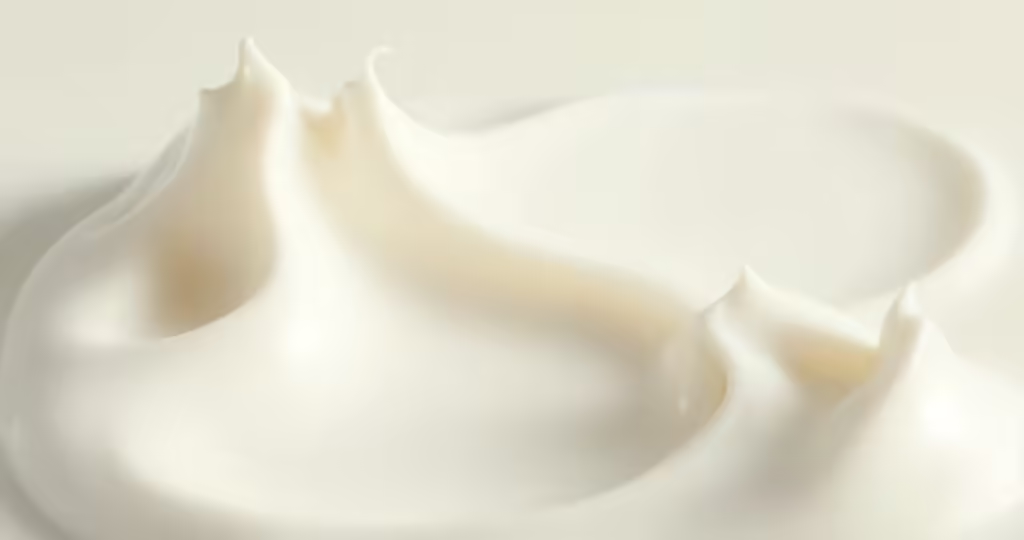
How to make ghee from milk
You can easily make ghee from milk by following the steps below:
- Start by boiling whole milk and cooling it down to allow malai to develop.
- Skim the malai, churn it into butter, then repeat the heating procedure until the milk particles separate and the ghee remains.
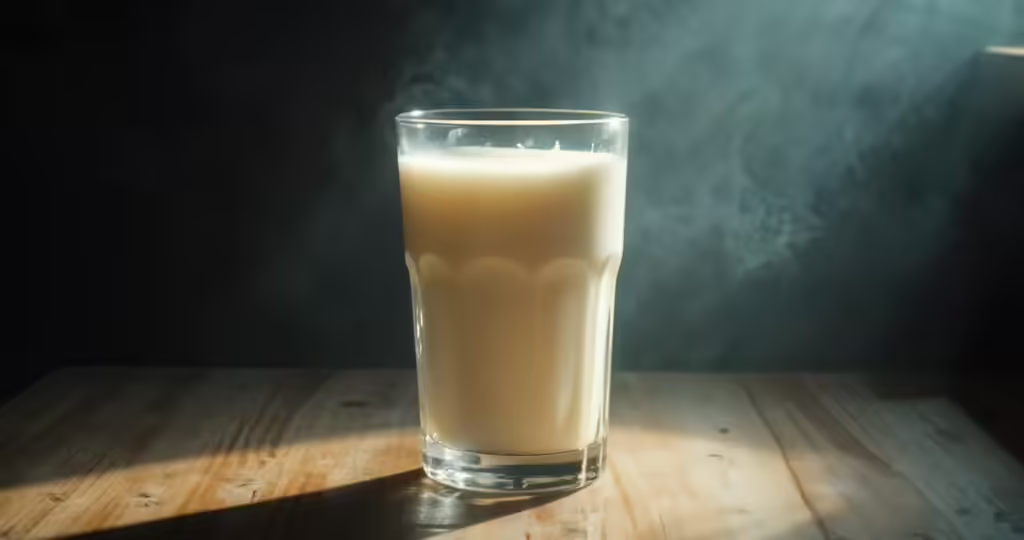
How to make ghee from cream
Follow the steps below to make ghee from the store-bought cream:
- Heat the cream until it has separated into butter and buttermilk.
- Strain the butter and boil it to evaporate the residual water, producing pure ghee.

Traditional Indian method of making ghee
The Bilona churning method is an ancient, traditional procedure to make pure ghee, which is known for its rich flavor and nutritional content. This procedure starts with whole milk, which is made into yogurt and then churned to produce butter. The butter is then carefully boiled to make ghee. This technique is labor-intensive, but it is said to improve the nutritional and therapeutic characteristics of ghee, making it an important aspect of Ayurvedic treatment.
Here is the process to make pure ghee traditionally:

- Boil whole milk and let it cool slightly.
- Add a starter culture to the milk to make yogurt (curd).
- Once the curd has set, churn it using a wooden Bilona churner to separate the butter and buttermilk.
- Collect the butter and slowly heat over a low flame.
- Allow the butter to melt while the water evaporates and the milk solids caramelize.
- Strain the ghee to remove the solids, then store the clear golden ghee.
What are the benefits of ghee?
There are numerous benefits of ghee, whether it is health benefits or ayurvedic benefits. Ghee is a whole package for having a healthy and fit body.
Let’s discover more about how ghee can be advantageous and not limited to the kitchen.
Health Benefits of ghee
Ghee plays an essential role when it comes to health benefits, from boosting your immune system to keeping your skin, hair, and weight in check.
Ghee is packed with fat-soluble vitamins like A, D, E, and K, which support various bodily functions. Here are some of its benefits:
- Skin: Ghee is best when it comes to moisturizing dry skin, helps in healing scars, and provides a natural glow.
- Body: the major health benefit of ghee is that it strengthens your immune system by regulating digestion and providing essential nutrients.
- Hair: Ghee nourishes and strengthens hair from root to tip, promoting hair growth and shine.
- Lips: It acts as a natural lip balm, soothing chapped lips.
- Weight management: Despite being high in fat, ghee can aid in weight management. It supports metabolism and provides a steady source of energy.
Ayurvedic Benefits of ghee
In Ayurveda, ghee is believed to be a sacred food and a key component of many healing practices. It balances the body’s doshas (energetic forces) and improves overall health. Some Ayurvedic Benefits of ghee include:
- Ghee can enhance your digestive system, helping your body break down food more efficiently while improving the absorption of vital nutrients.
- Consuming ghee on a regular basis supports joint health by acting as a natural lubricant, which can help improve your flexibility and ease of movement.
- Ghee contains healthy fats that nourish your brain, helping you stay focused and mentally sharp, promoting overall cognitive well-being.

How to use ghee
Ghee is considered a powerful ingredient due to its multiple health benefits and can be used in various ways, as mentioned below:
How to use ghee for skin brightening
One of the best uses of ghee for your skin is to brighten it. You can apply ghee directly to your skin to get an even tone and brighter skin. Another way you can use it for the benefit of your skin is by mixing it with turmeric or lemon juice for natural lightening.

How to use ghee for the face
To use ghee for your face, you can take a small amount and massage it into your face to hydrate your dry skin and reduce the fine lines. Also, you can use it as a natural cleanser to remove your makeup and impurities.

How to use ghee for hair growth
We all have heard from our grandparents how beneficial ghee is when it comes to hair growth. To get the best out of it, you can massage warm ghee into your scalp to nourish your hair follicles and increase hair growth. Then, leave it for 30 minutes to one hour and rinse it with a mild shampoo.

How to use ghee for weight gain
If you are looking to gain some weight, you can incorporate ghee into your meals as it contains healthy fats and calories. You can take a tablespoon of ghee in your rice, bread, or curries to boost calories without any effects of processed fat.

How to use ghee for weight loss
You might think that ghee will make you fat, which is not true. Instead, it will help you burn stubborn fat by promoting the body’s metabolism. You can consume it in moderate amounts along with a balanced diet to support your weight loss efforts.
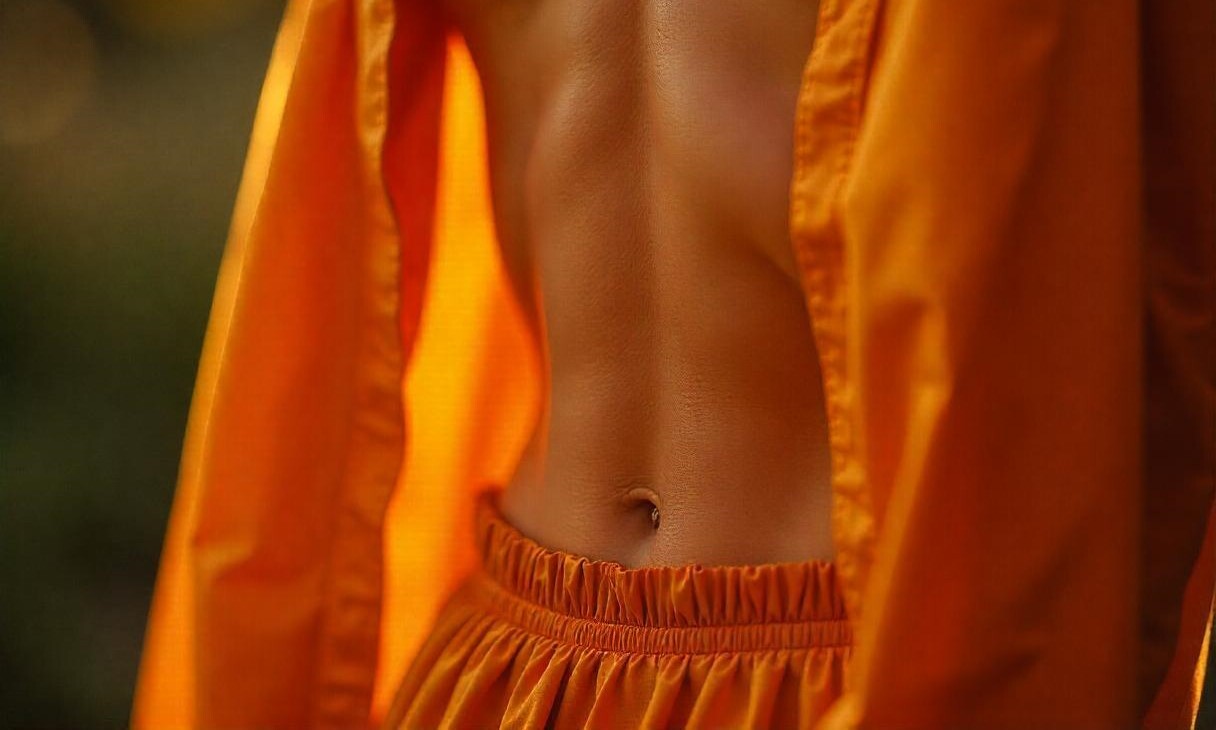
How to use ghee in cooking
Ghee is said to be the best when it comes to frying, cooking, or baking as it has a high smoke point, which enhances the flavor of food like curries, rice dishes, and even baked foods.

How to store ghee at home
Ghee is known for its excellent shelf life, and you can easily store it for several months at room temperature without any harm. Here are some of the common and effective ways to store it:
- The best thing you can do to preserve it for a long time is keep it in an airtight container in a cool and dry place.
- You need to ensure that it is free from any kind of moisture or water contamination, which can reduce its shelf life.
- You can also refrigerate the ghee if you want to extend its freshness and store it for up to a year.
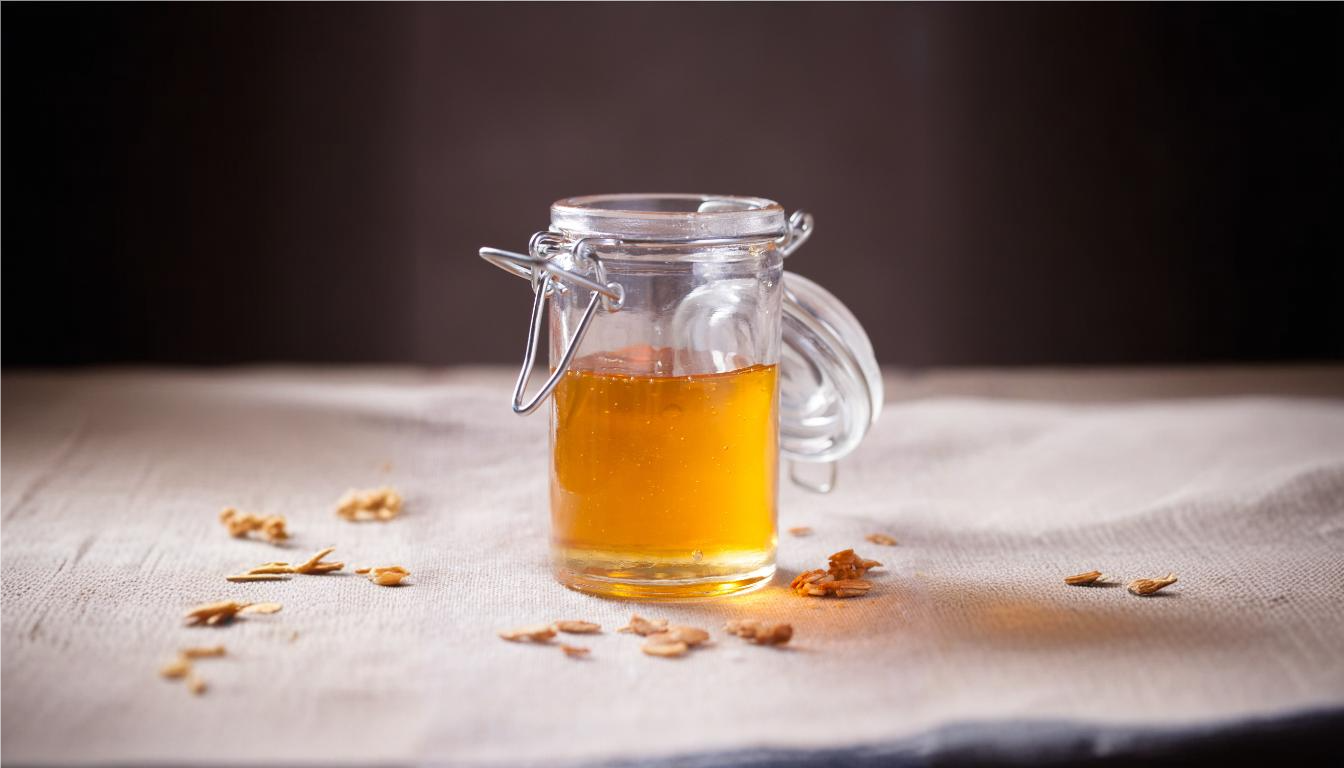
Conclusion
Ghee is well known for its versatility and nutritious ingredients. It has a rich history in both cooking and health traditions. Ghee has several benefits, ranging from cooking and skincare to overall wellness.
We now understand that there is a clear distinction between ghee and butter regarding flavor and composition, which adds more value to your kitchen.
With great Ayurvedic properties and health benefits, ghee truly stands out as a golden treasure for a healthy and balanced life.
Frequently Asked Questions (FAQs) About Ghee
Is ghee suitable for people with lactose intolerance?
Yes, ghee is generally safe for persons who are lactose intolerant. Ghee is made by removing milk particles and water, leaving just pure butterfat. Because most of the lactose and casein are removed during clarification, ghee contains just minimal levels, making it a lactose-free alternative to regular butter. Individuals with severe lactose allergy should see a doctor before ingesting ghee.
Can ghee be used for frying and baking?
Absolutely! Ghee is ideal for frying and baking because of its high smoke point of around 485°F (252°C). Unlike butter, which can burn at lower temperatures, ghee is stable and preserves its nutritional value when used in high-heat culinary procedures such as frying, roasting, and baking. Its rich, nutty flavor also improves the taste of meals, making it a versatile addition to both savory and sweet recipes.
How much ghee should be consumed daily?
Your diet and health goals determine the recommended daily ghee intake. Most individuals benefit from 1 to 2 tablespoons per day of good fats, which help with digestion, metabolism, and energy production. However, moderation is essential, especially if you’re counting calories or eating a low-fat diet.
Does ghee help in weight loss?
Yes, ghee can help with weight loss when used in moderation. It includes good fats that improve digestion and metabolism, potentially helping with weight loss. Incorporating tiny quantities of ghee into a healthy diet will help you stay full and energetic, making it simpler to control your weight.
Is ghee better than butter for cooking?
Ghee is often considered a better alternative to butter for cooking, especially for high-heat applications such as frying and roasting. With a higher smoke point than butter, ghee does not degrade into hazardous chemicals at high heat, making it a healthier option for cooking, frying, and baking. Furthermore, its rich, nutty flavor improves the taste of foods.


